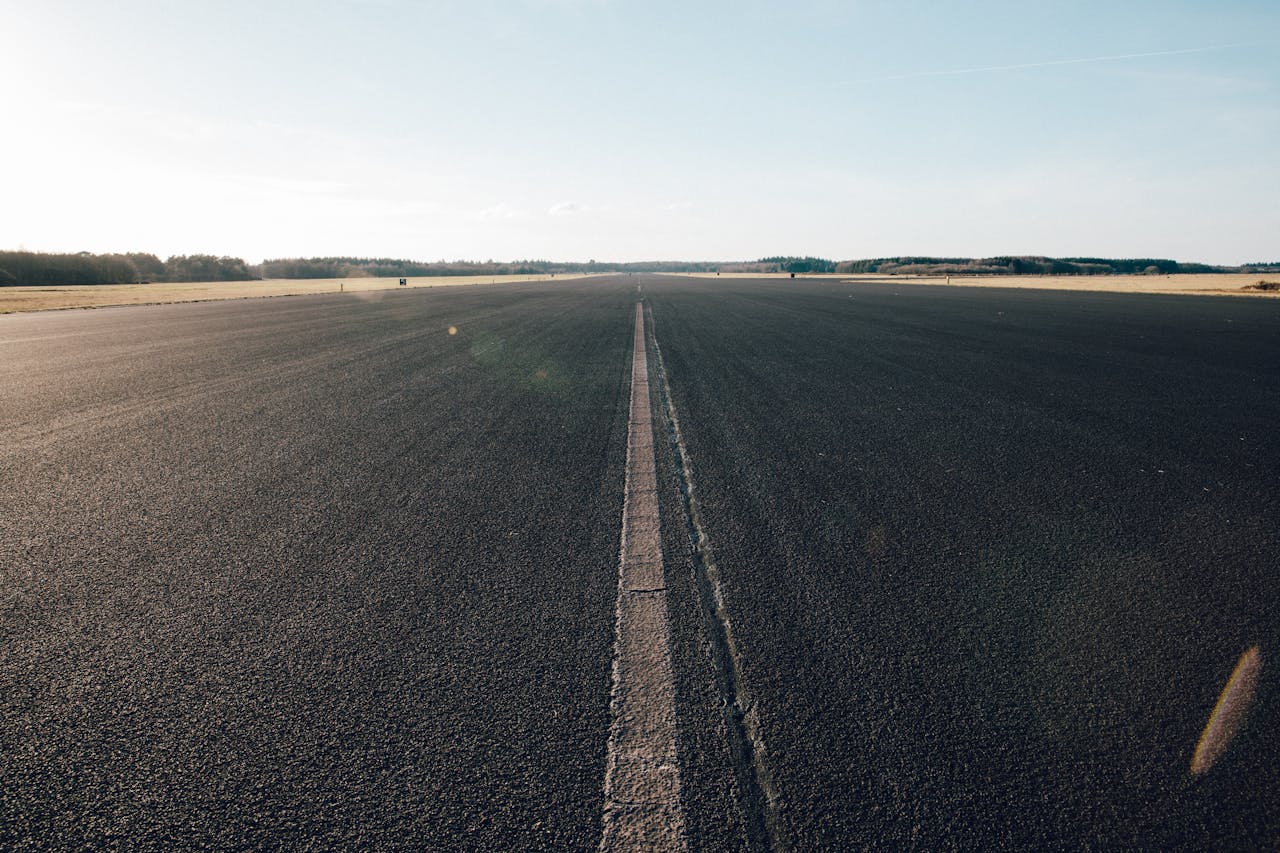Understanding Milling and Resurfacing
Asphalt pavements endure heavy traffic, weather, and time, which naturally leads to wear and tear. Cracks, potholes, uneven surfaces, and drainage issues are common problems property owners face. While full replacement might seem like the only option, milling and resurfacing offer a cost-effective, durable solution that restores function and appearance without rebuilding the entire pavement.
Milling involves removing the top layer of damaged asphalt with specialized equipment, leaving the base intact. Once the old surface is milled away, a fresh layer of asphalt is applied, creating a smooth, strong, and long-lasting finish. This process not only corrects surface issues but also addresses elevation and drainage concerns, making it a smart choice for roads, parking lots, and commercial properties.
Benefits of Milling and Resurfacing
Milling and resurfacing deliver multiple advantages that extend the life of asphalt surfaces. They improve safety by eliminating trip hazards, uneven surfaces, and potholes. The process also enhances curb appeal, giving roads and parking areas a like-new appearance that reflects positively on businesses and municipalities.
From a financial perspective, milling and resurfacing are more cost-effective than full reconstruction. By preserving the existing base and replacing only the top layer, property owners save time and money while still achieving long-lasting results. The process is environmentally friendly as well, since milled asphalt can often be recycled and reused in new projects.
When to Consider Milling and Resurfacing
Milling and resurfacing are ideal for pavements that show signs of distress but still have a stable base. Common indicators include surface cracking, rutting, standing water, and uneven wear. If the damage is limited to the top layer and the foundation remains strong, resurfacing can add years of life to the pavement without the expense of full reconstruction.
This service is commonly recommended for parking lots that experience high traffic, commercial driveways with heavy vehicle use, and municipal roadways that must meet safety and compliance standards.
The Milling and Resurfacing Process
The process begins with a thorough inspection to determine the depth of milling required. Milling machines then grind away the damaged asphalt surface to a precise depth, ensuring a uniform base. Once the milling is complete, the surface is cleaned and prepared for the new asphalt layer.
Resurfacing involves laying down hot mix asphalt, which is compacted and smoothed to meet the project’s specifications. The new surface restores structural integrity, improves traction, and provides a polished look. With proper maintenance, resurfaced pavement can last for many years before requiring additional work.
Choosing a Professional Contractor
Because milling and resurfacing require specialized equipment and expertise, it’s essential to work with an experienced contractor. A professional team will evaluate the condition of the pavement, recommend the best approach, and ensure the project meets local standards. Choosing a company with proven experience guarantees high-quality workmanship, durability, and long-term results.
Practical, Cost-Effective
Milling and resurfacing are practical, cost-effective ways to extend the life of asphalt pavement. By removing damaged layers and replacing them with fresh asphalt, property owners and municipalities benefit from improved safety, enhanced appearance, and long-term durability. When handled by an experienced contractor, this service protects your investment while avoiding the higher costs of complete reconstruction.
FAQs about Milling and Resurfacing
What is the difference between resurfacing and sealcoating?
Resurfacing replaces the top layer of asphalt, while sealcoating is a protective layer applied to extend the life of an existing surface. Resurfacing is more extensive and addresses deeper issues.
How long does a resurfaced pavement last?
With proper maintenance, resurfaced asphalt can last 10 to 15 years, depending on traffic levels and environmental conditions.
Is milling always required before resurfacing?
Not always. Milling is necessary when the existing surface is uneven, has drainage issues, or requires removal of deteriorated material. In some cases, resurfacing can be applied directly.
How long does the process take?
Most milling and resurfacing projects can be completed within a few days, depending on the size of the area and weather conditions.
Can milled asphalt be reused?
Yes. Milled asphalt is often recycled and incorporated into new pavement projects, making the process environmentally responsible.
What are the signs my pavement needs resurfacing?
Cracks, potholes, surface ruts, pooling water, and faded appearance are strong indicators that resurfacing may be needed.
How much does milling and resurfacing cost?
Costs vary based on the size of the project, depth of milling, and asphalt thickness required. A professional contractor can provide an accurate estimate after an inspection.
